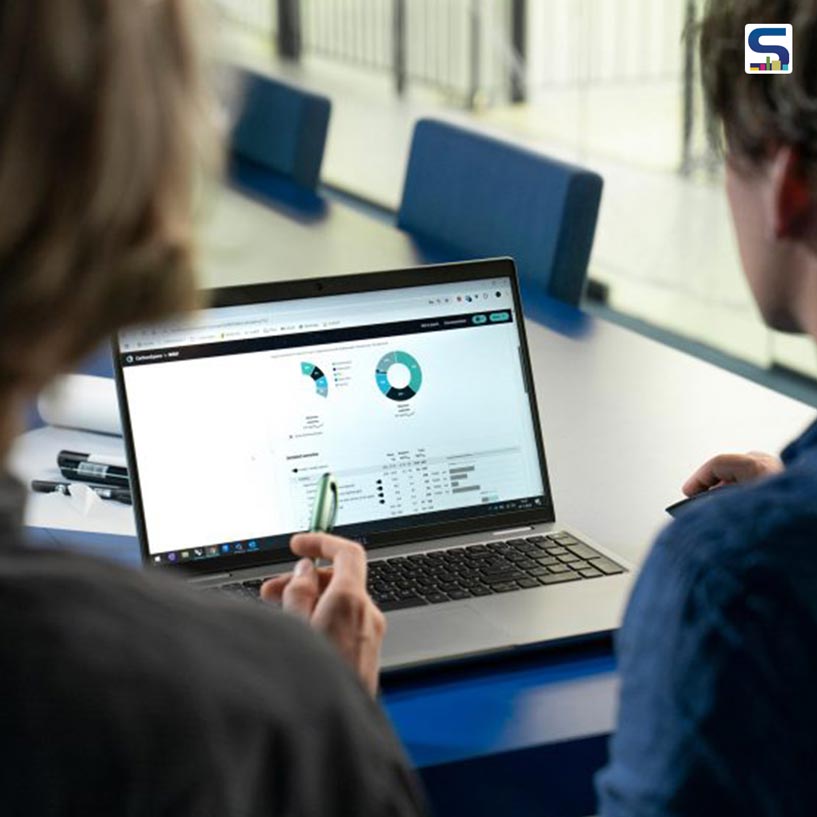
Dutch architecture firm MVRDV has announced that its digital tool CarbonSpace, a web-based platform designed to estimate a building’s embodied carbon during the earliest design stages, is now freely accessible to the public. By opening the platform, MVRDV aims to empower architects to make informed, sustainable decisions right from a project’s conception and to encourage greater transparency in environmental data sharing across the industry. Know more about it on SURFACES REPORTER (SR).
Developed by the studio’s internal research initiative, MVRDV Next, CarbonSpace serves architects at the preliminary napkin sketch phase, when key design choices are still flexible. Unlike most carbon analysis tools that depend on detailed 3D models or comprehensive datasets, CarbonSpace delivers quick, approximate estimates using minimal input such as floor area, facade surface and foundation volume. Through this simplicity, it eliminates technical barriers that often delay sustainability assessments until later in less adaptable phases of design. The software connects user-provided data with a carbon calculation database inspired by a streamlined adaptation of the open-source Okobaudat material database. To further accelerate the process, it includes ready-to-use libraries containing typical building components, materials and structural systems. These resources allow designers to test design alternatives rapidly while maintaining a consistent understanding of carbon implications.
According to MVRDV, while awareness of embodied carbon has grown across the construction sector, real progress remains limited because commercial, paywalled carbon tools tend to be deployed late in the design process when major structural and material decisions have already been made. This reliance on overly meticulous calculations has shifted focus toward compliance reporting rather than immediate decarbonisation actions. To enhance usability, CarbonSpace features an open API that integrates with design and analytical tools like Rhino, Revit and Microsoft Power BI. This interoperability supports both visualisation and detailed data analysis. Internally, MVRDV has already used CarbonSpace to measure embodied carbon across all its projects, tracking progress toward its 2030 sustainability goals. By sharing the tool freely, the studio hopes to refine it further through community feedback, encourage collaborative improvement, and even spark friendly competition. Users can opt to join an anonymous public dashboard showing collective progress toward low-carbon design benchmarks. In a further milestone, the Council on Tall Buildings and Urban Habitat (CTBUH) has partnered with MVRDV Next to incorporate CarbonSpace into comparative studies of high-rise sustainability.
Image credit: MVRDV